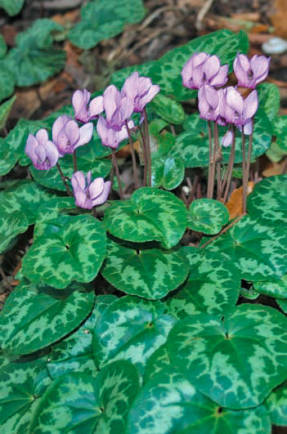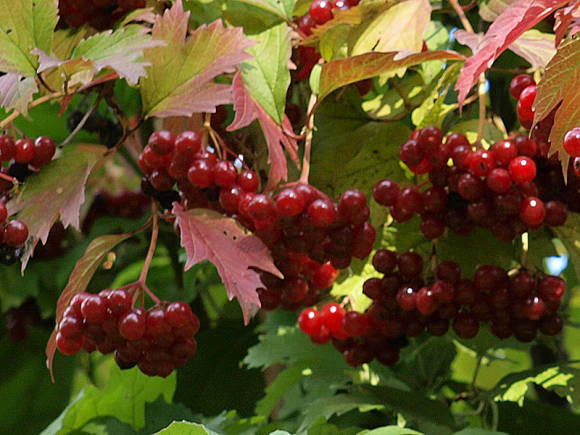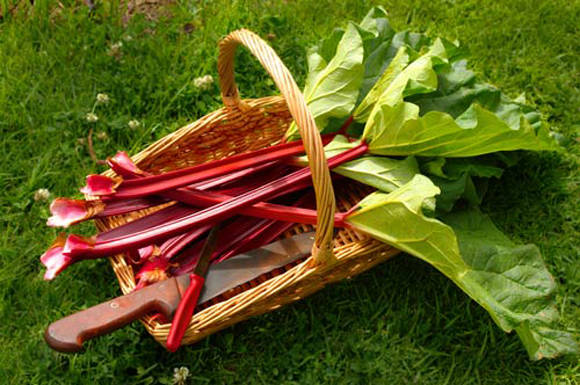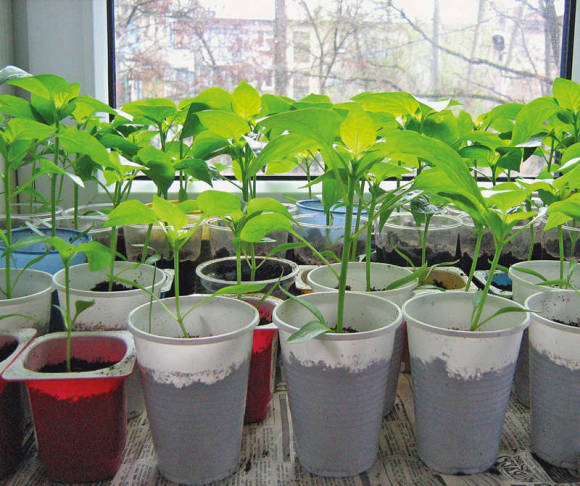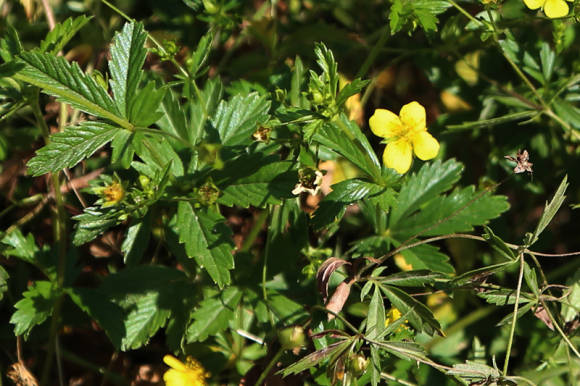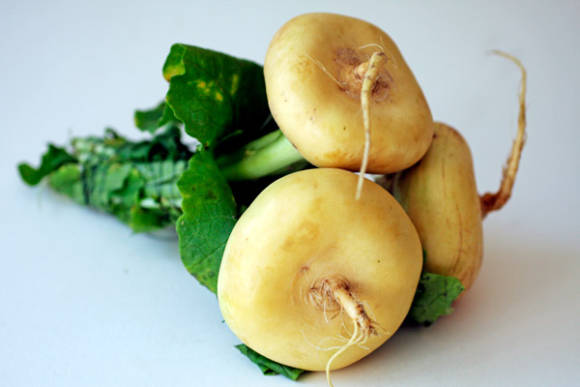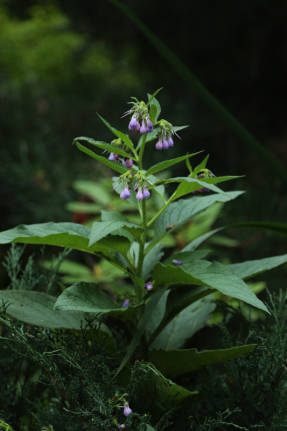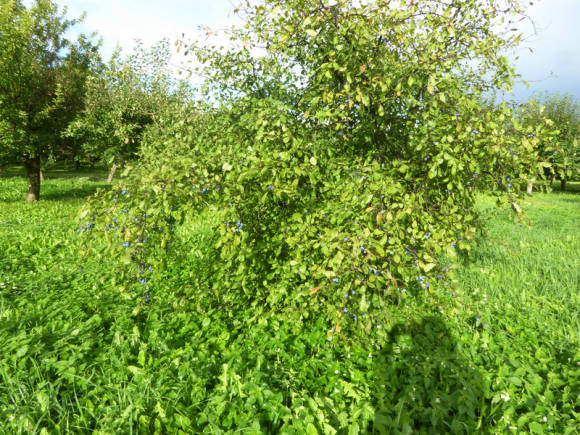Cyclamens are among the most beautiful representatives of the Mediterranean flora. These are tuberous ephemeroids, which naturally grow annually in the spring or fall. In nature, after a fairly short but active flowering, plants shed their foliage and go into a dormant state. Pedicels with bolls formed as a result of pollination twist in a spiral shape and tilt to the very surface of the soil (with the exception of Persian cyclamen). This feature is associated with myrmikokhorny (from the Greek. Insects are attracted by the sweet sticky substance that holds the seeds together in the capsule. Ants carry seeds a considerable distance from the parent plant. Often, in this way, whole mini-populations of cyclamens are formed in tree hollows, on forks of branches or on roofs of houses.
Today, only one species is widely used as a popular indoor plant with a long flowering period - Persian cyclamen (Cyclamen persicum). This is partly due to the fact that in the ornamental gardening of the late XIX - early XX centuries. Plants with the largest and most spectacular flowers attracted special attention of lovers of "lovely flora". To a large extent, this was the reason that among more than 20 types of cyclamen as a pot culture, only Persian cyclamen was widely introduced into production. Its first varieties and hybrids, the flowers of which were several times larger than those of the natural species, date back to the end of the 19th century. However, over time, interest in hybrid varieties of Persian cyclamen has subsided, the attention of both specialists and amateur flower growers is increasingly attracted by wild species with their natural charm.
In this article, we want to talk about the work on the introduction of some types of cyclamen in the greenhouse of the Botanical Garden of Moscow State University "Apothecary Garden". More than 13 taxa have been cultivated here for 5 years, as a result of which the most decorative and unpretentious species that can be recommended for indoor cultivation have been identified. Among them there are cyclamens, which bloom in culture all year round, which may not have a dormant period.
All plants were grown from seeds obtained in 2006 from the Kew Botanical Gardens (England).
Sowing
Agricultural techniques, including sowing, are the same for different types of cyclamen, but there are still certain subtleties. So, plants grow best on a substrate consisting of a mixture of leafy soil, peat and sand (3: 2: 1). It can be used throughout the entire growing period - from sowing to the last transfer. We used various mixtures: neutral sphagnum peat and washed river sand (3: 1) - for sowing, and peat, sand and a coarse fraction of sifted fine expanded clay (3: 1: 1) - for the cultivation of older plants. The prepared substrate was treated with a solution of the fungicidal preparation "Maxim". Sowing can be carried out at different times of the year (August, October-December or February), but, as it turned out in the course of our work, it is better to do this in November-December, then the plants bloom in early autumn next year. To increase germination, the seeds were soaked for a day in a solution of soda (1%) or Zircon (20 drops per 0.5 l). It increased in both cases, and when using Zircon, it increased in some species by 30% or more. Then the seeds were washed in running water and dried on filter paper. The boxes or containers were filled with substrate 2 cm below the top edge, rolled lightly and moistened well. The seeds were evenly sown into holes, at the bottom of which a little sand was added, and the top was sprinkled with a substrate (layer thickness 0.5-0.6 cm). The crops were covered with foil (cyclamen germinates only in the dark).Watered as needed, avoiding waterlogging or drying out of the soil. Different types of cyclamen differ in development and growth dynamics, as a rule, the larger the seeds, the earlier the seedlings appear. In 8-10 weeks after germination, the seedlings increase in size, the crops thicken, so we made a pick, for which we used the same substrate as for sowing. Well-developed cyclamens were transplanted into cassettes or plastic pots 4.5 cm in diameter: the tubers were placed 1–1.5 cm below the edge of the pot and lightly covered with earth. It should be borne in mind that the roots need good aeration, the plants do not tolerate the compaction of the substrate around the tuber, therefore, the seedlings are often sprayed instead of watering. As they grow and develop, the plants are regularly fed, for which they use, for example, the Kemira complex mineral fertilizer. Cyclamen purplish (Cyclamen purpurascens). This is one of the rare summer flowering species of the genus. Until recently, in Russian-language literature, he figured as cyclamen european (Cyclamen europaeum). When sown in mid-December, the first shoots appeared at the end of February, but in some cases the process may be delayed. By the beginning of the summer period, the plants germinated in the last month of winter reach the phase of 2–3 true leaves; in hot weather, development is somewhat inhibited. After the formation of the third leaf, the seedlings dive into pots, and in the second half of summer, if necessary, they are transferred. In the second decade of August, new leaves and buds develop, and the most powerful and viable plants reach a generative state. In a greenhouse, cyclamens retain their foliage all year round. In winter, flowering fades, resuming in March, and under favorable conditions (moderate temperature, diffused light, good ventilation) continues throughout the summer, with two peaks observed - in March and late August. The flowers are purple or carmine red, with clearly visible veins and a darker spot in the corolla tube (average length of lobes 1.6 cm), with a pleasant aroma. There is a form with very decorative silvery leaves, as well as a marble pattern on the upper side of the leaf blade (more common). Tubers that have reached sufficient size form buds throughout the fall, in winter the flowering intensity decreases, but in healthy 3-year-old and older tubers, it, as a rule, does not stop altogether. Thus, with proper care, c. purplish can bloom all year round. Cyclamen intaminatum (Cyclamen intaminatum). This species, which is endemic to southwestern Turkey, blooms in nature in the autumn, and in a greenhouse it is rather a summer-autumn species with a rather long (about 7 months) flowering. Its seeds germinate 2 months after sowing. Individual plants can reach the generative phase six months after germination (in September), during the period of natural flowering of natural populations. In winter, flowering stops, but the foliage of cyclamens does not drop. Most of the plants bloom in the 2nd year in late March – early April, and the buds bloom with varying intensity all summer and autumn. This species is one of the most small-flowered: corolla 1.0–1.7 cm long, pure white with light pink veins. An extremely effective cyclamen with a large number of delicate flowers and rounded, 5-ruble coin-sized leaves. In the heat of 2010, even when grown in a shaded greenhouse, where the temperature in July – August rose to 30–35 ° C, most of the plants bloomed all summer. Cyclamen ivy (Cyclamen hederifolium). In the wild, this cyclamen is widespread in Europe. It blooms in September before the leaves appear and blooms throughout the fall. Among the species studied by us, corymbus is characterized by the largest seeds, rapid germination and high germination (about 90%). When sown in mid-November, mass shoots appear in 1.5 months, at the end of December.Before the establishment of the hot period, the plants are actively developing, in the summer the leaves completely die off. The first flowering is observed 8 months after germination (in August-September) and lasts until December. In nature, the tuber of the ivy-leaved cyclamen with age can reach more than 25 cm in diameter and live up to 130 years. In culture, fragrant flowers appear before or at the same time as leaves. The corolla is large (1.5–2.5 cm long), pink with a carmine V-shaped spot at the base of each lobe. In the greenhouse, during the winter, the plants retain their leaves, which dry out only when the temperature rises (late April – early May), then during the summer the tuber is dormant. Along with the above-described rhythm in some specimens of c. ivy flowers appear much earlier, in the spring, and form continuously throughout the summer and fall. Cyclamen Lebanese (Cyclamen libanoticum). This species is endemic to a small area located northeast of Beirut (Lebanon), in nature it blooms in autumn, when grown in a pot culture, it is characterized by autumn-spring flowering. Seedlings appear 2 months after sowing, the strongest specimens bloom 8 months after germination (in September), and the buds continue to bloom until spring. By summer, the plants completely lose their leaves, and a dormant period begins in the heat. In early September, the rudiments of vegetative and generative organs appear, and the buds begin to bloom in October. Flowering lasts until mid-March. The flowers are 1.5–2.4 cm long, light pink with red veins at the base of the pharynx, very fragrant. Our research and practical experience allow us to conclude that if you contain only 4 of the above-described species in your collection, you can have luxurious flowering cyclamens all year round. The agricultural technology of these plants is not very complicated, however, several basic conditions of keeping should be taken into account. Despite the fact that cyclamens are native to the Mediterranean countries, their flowering occurs in rather cool spring or autumn periods. Most of the species live in the mountains, where strong winds blow and snow often falls. Growing conditions in nature leave an imprint on the content of plants in culture. Literature. 1. Saakov SG Tsiklamen // Publication of the Leningrad regional branch of the Society for the Conservation of Nature of the Committee on Reserves of the All-Russian Central Executive Committee, 1937. - 16 p. 2. Bancov J. Common Cyclamen (Cyclamen purpurascens Mill.) And Its Diversity in Slovenia // Ljubljana: Botanic Gardens, 2009. - 164 p. 3. Doorenbos J. Taxonomy and nomenclature of Cyclamen. Mededelingen van de Landbouwhogeschool te Wageningen / Nederland, 1950 .-- P. 29. 4. Gray-Wilson C. The genus Cyclamen. Kew; London: Royal Botanic Gardens, 1988. - P. 144. Photo by M. Tyuvetskaya The magazine "Floriculture" No. 6-2012
The most decorative and easy to culture species
